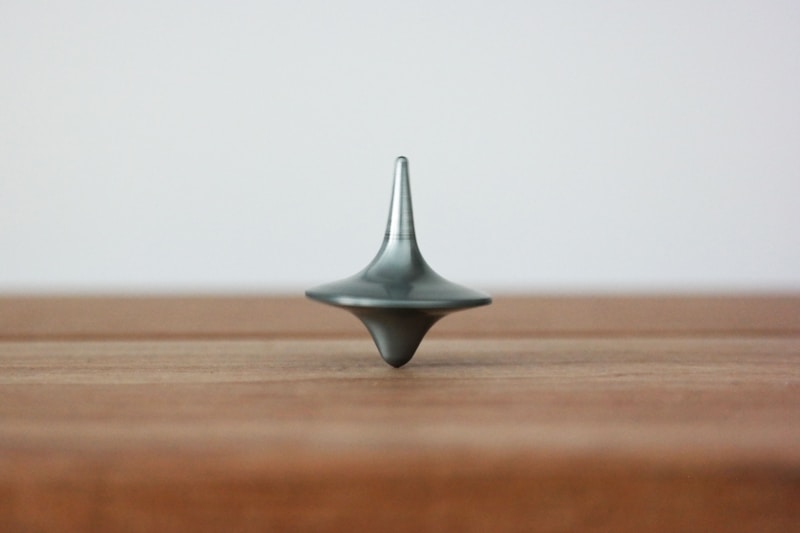Balancing Practicality vs. Aesthetics: Finding Harmony in Design
Understanding Practicality vs. Aesthetics
The debate between practicality and aesthetics has long been a topic of discussion in various fields, including architecture, product design, fashion, and even web design. As the world evolves, the necessity to choose between functionality and beauty becomes critical. In this article, we will explore the implications of this debate, offering insights that will help you strike the perfect balance between practicality and aesthetics.
The Importance of Practicality
Practicality refers to the usefulness and functionality of a design. When designing products, spaces, or even systems, it's vital to prioritize how well they serve their intended purpose.
For instance, in interior design, a beautiful but impractical piece of furniture may look stunning but can become a nuisance in everyday use. The question, therefore, is: how can we blend aesthetics with practicality? Below are some aspects where practicality shines:
- Usability: The primary function of a design should always be its usability. This caters to the user experience, ensuring that the item serves its purpose efficiently.
- Durability: A practical design is built to last. This means choosing materials that withstand wear and tear while still providing an aesthetic appeal.
- Maintenance: Maintenance plays a huge role in practicality. A stunning design that requires constant upkeep may not be as appealing as a more straightforward yet stylish option.
The Allure of Aesthetics
Aesthetics, on the other hand, addresses the visual appeal and emotional responses evoked by a design. The role of aesthetics cannot be understated, as it greatly influences consumer choice and brand perception.
Consider the importance of aesthetics in various contexts:
- Product Design: In a market where multiple options are available, aesthetics can be the deciding factor. For instance, tech gadgets like smartphones often prioritize sleek designs that are visually striking.
- Architecture: Buildings are often seen as art, requiring architectural designs that captivate. The balance between innovative designs and functionality can lead to iconic structures.
- Marketing: A visually appealing advertisement can grab the audience’s attention more than one that is solely practical.
Table: Practicality vs. Aesthetics in Different Fields
| Field | Practicality | Aesthetics |
| Interior Design | Comfort and function | Color scheme, art, and layout |
| Product Design | Ease of use | Visual appeal |
| Architecture | Space efficiency | Design uniqueness |
| Web Design | Navigation and accessibility | Visual layout and branding |
Finding the Balance
So, how do we reconcile practicality and aesthetics to achieve a favorable outcome in our designs? Here are some valuable tips:
1. Understand the Target Audience
Understanding the needs and preferences of your target audience is crucial. For example, a target group that emphasizes functionality will likely prefer designs that prioritize practicality over aesthetics.
2. Use Design Thinking
Employing a design thinking approach allows you to iteratively develop concepts that balance both aspects. Start with defining user needs, followed by ideation, prototyping, and testing.
3. Iterate and Refine
Don’t be afraid to iterate on your designs. Feedback is an invaluable tool that can help you fine-tune your work to better satisfy both practicality and aesthetics.
4. Consider the Life Cycle
When designing, consider not just how an item will look and function at launch, but how it will perform over its lifetime. Durable materials might retain aesthetic quality longer while being practical.
Conclusion: The Art of Balancing Practicality and Aesthetics
In conclusion, the challenge of balancing practicality vs. aesthetics is essential in various design fields. Striking the perfect balance often means evaluating user needs, understanding market trends, and employing creative approaches to problem-solving. It is important to evaluate the context in which your design will be used, ensuring that it resonates with its intended audience. By grounding your designs in both functionality and visual appeal, you create experiences that not only satisfy but also delight.
When embarking on your next design project, keep in mind the significant aspects outlined above. It’s crucial to remember that both practicality and aesthetics are not mutually exclusive; rather, they complement one another, leading to more holistic and innovative designs. As you navigate this balance, consider not only what your design says about itself but what it conveys to its users and stakeholders alike.
